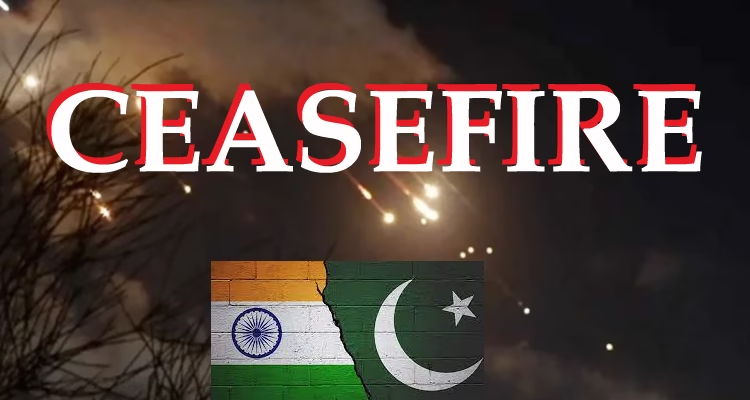
*New York Times report reveals Islamabad’s deep concerns amid rising tensions over missile strike near strategic airbase.*
New Delhi: A tense military standoff between India and Pakistan has eased slightly after a dramatic escalation last week, including a precision missile strike by the Indian Air Force on Pakistan’s Noor Khan Airbase near Rawalpindi. The strike, which took place on the night of May 9, sparked serious concerns in Islamabad about the vulnerability of its nuclear command infrastructure.
The airbase’s proximity to the Strategic Plans Division — the unit responsible for Pakistan’s nuclear arsenal — intensified fears of a possible “decapitation” strike. Citing a former U.S. official, The New York Times reported that Pakistan interpreted the attack as a clear warning from New Delhi, suggesting that India could, if provoked, target critical nuclear assets. The episode set off alarm bells in Washington and Gulf capitals, prompting urgent diplomatic efforts to prevent further escalation.
The missile strike was part of Operation Sindoor, a wide-ranging Indian military offensive launched in response to the April 22 Pahalgam terror attack that killed 26 tourists. The operation targeted terror infrastructure across Pakistan and Pakistan-occupied Kashmir (PoK), marking a significant shift in India’s counterterrorism posture.
Amid fears of a broader conflict, a fragile ceasefire agreement was reached on Saturday, following backchannel diplomacy and Pakistan’s formal request for de-escalation. Although Pakistan’s Prime Minister Shahbaz Sharif publicly thanked the United States for its role in easing tensions, Indian officials emphasized that the truce was the result of a bilateral initiative without direct U.S. mediation.
In a critical step toward stabilizing the situation, the Director Generals of Military Operations (DGMOs) of India and Pakistan are set to hold talks via hotline at 12 noon on Monday. The discussions will focus on reviewing the ceasefire understanding and assessing the ground situation along the Line of Control (LoC) and the International Border, which have seen intense military activity in recent weeks.
Ahead of the DGMO-level dialogue, Indian Prime Minister Narendra Modi convened a high-level security meeting with Defence Minister Rajnath Singh, Chief of Defence Staff General Anil Chauhan, and the Chiefs of the Army, Navy, and Air Force. The meeting reportedly reinforced India’s strategic response framework and assessed future military preparedness.
Meanwhile, intelligence reports in Pakistan continue to warn of potential Indian strikes on Islamabad, prompting heightened security at key installations. While the ceasefire is currently holding, both sides remain on high alert, and the situation is described by analysts as “tenuous at best.”




